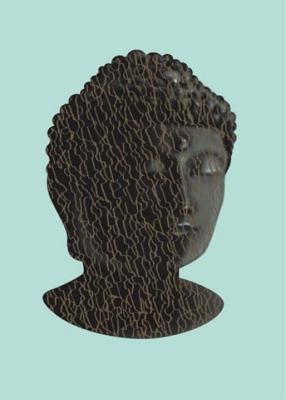

Siddhartha, wishing to die, edges close to the river. Later we find out that Kamala is pregnant with his child.

He leaves the town, and goes back to the river. He has a dream in which Kamala’s songbird dies and with it, all Siddhartha’s hope. He feels detached from the material world but also caught in its cycle. Years pass and Siddhartha’s spirit sickens. Here he becomes a rich man, gambling and trading. She will only teach him if he brings her rich gifts, so she refers him to a merchant, Kamaswami, who takes him into service. He stays with a kind ferryman, then he goes to town and notices a beautiful courtesan, Kamala, and requests that she teach him in the art of love. He wants to learn from the world of ‘things’. Siddhartha goes into the forest and has an awakening, seeing all the river’s colors as if for the first time. But Siddhartha tells Gautama that he does not think accepting teaching from another is the way to find one’s own deliverance. This is the first decision he has made for his own path. Govinda decides to take refuge in the teaching. Here, they spot the man himself, impeccably calm and with a perfect smile.

Siddhartha is dubious of teaching, but agrees to hear the Buddha’s sermon, so the pair journey with many others to Gautama’s grove. Then, one day, a rumor reaches them that the Sublime Buddha, Gautama, is among them. Siddhartha sometimes doubts whether they are really approaching any higher knowledge. Siddhartha and Govinda learn the life of the samanas, fasting and suffering. His father very reluctantly lets him go but Govinda follows. He does not think he can learn anything more from the Brahmin teaching and so decides to begin a pilgrimage with the samanas, a group of wandering ascetics. He is accompanied through childhood by his friend Govinda, who loves Siddhartha dearly, as does everyone else. Siddhartha is born and raised in ancient India by Brahmins, learning spiritual practices of meditation and thought.


 0 kommentar(er)
0 kommentar(er)
